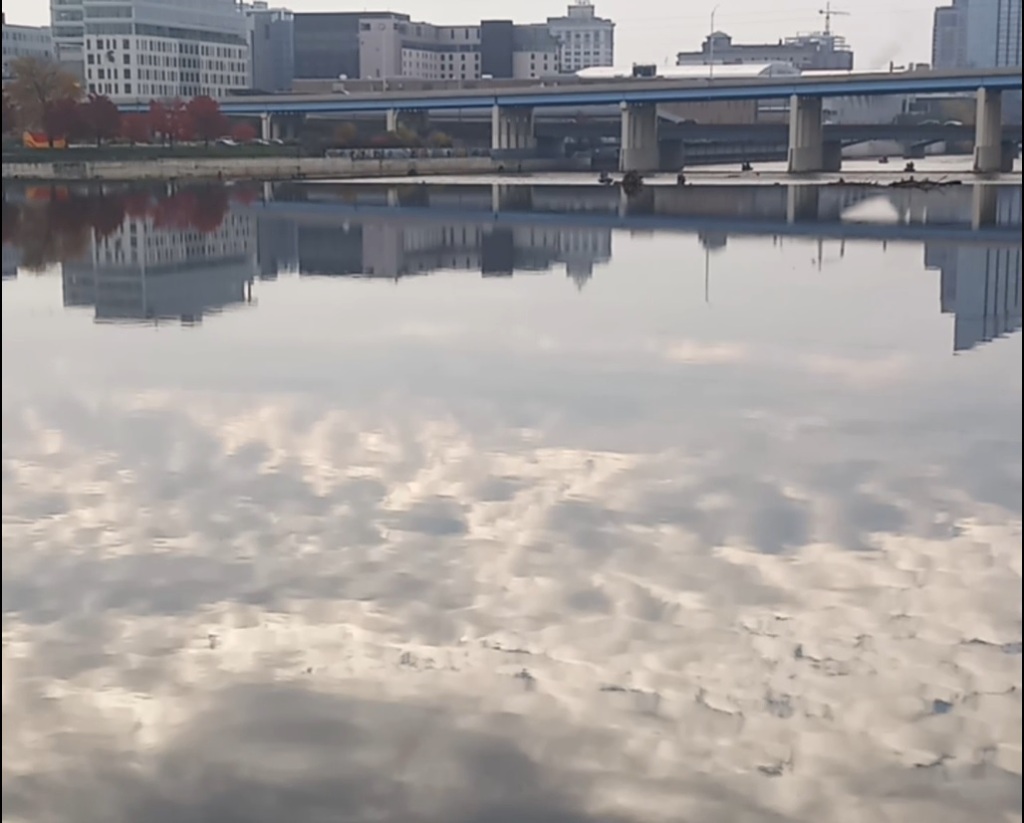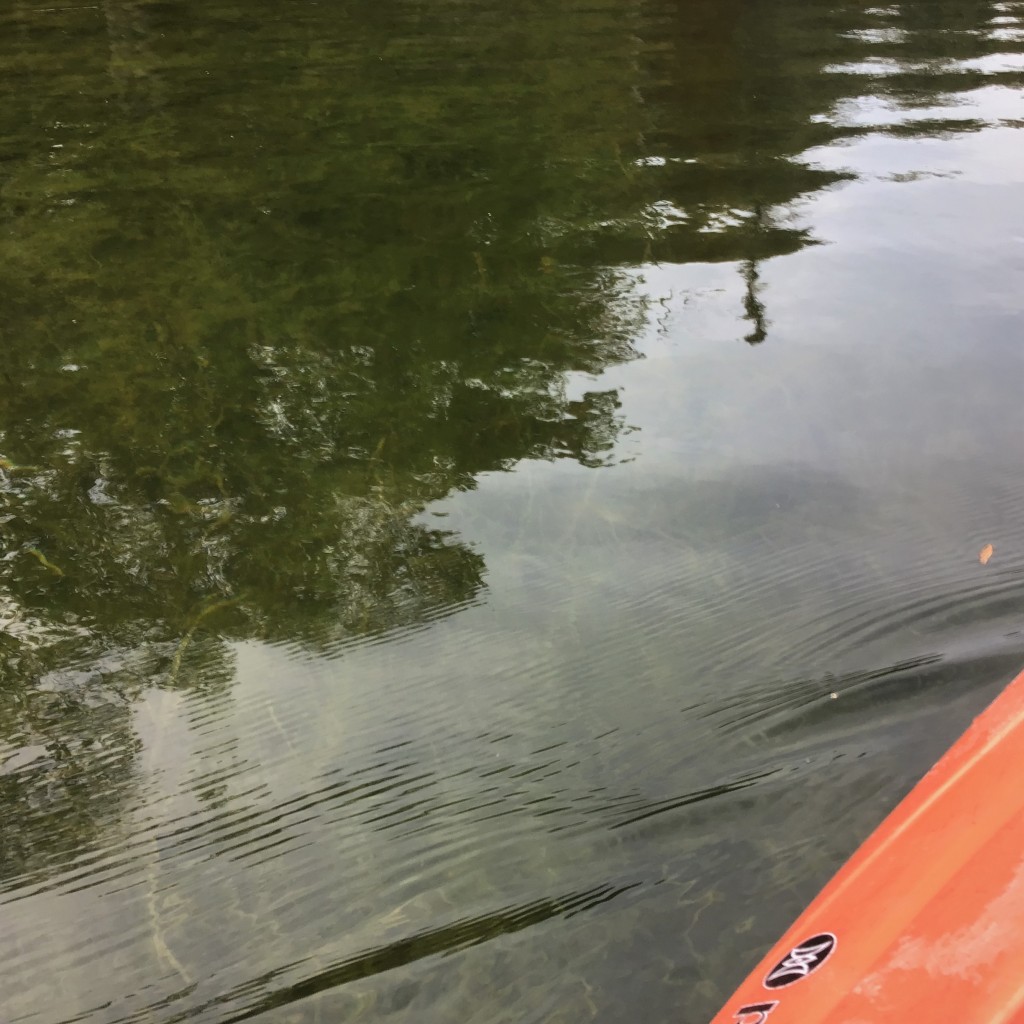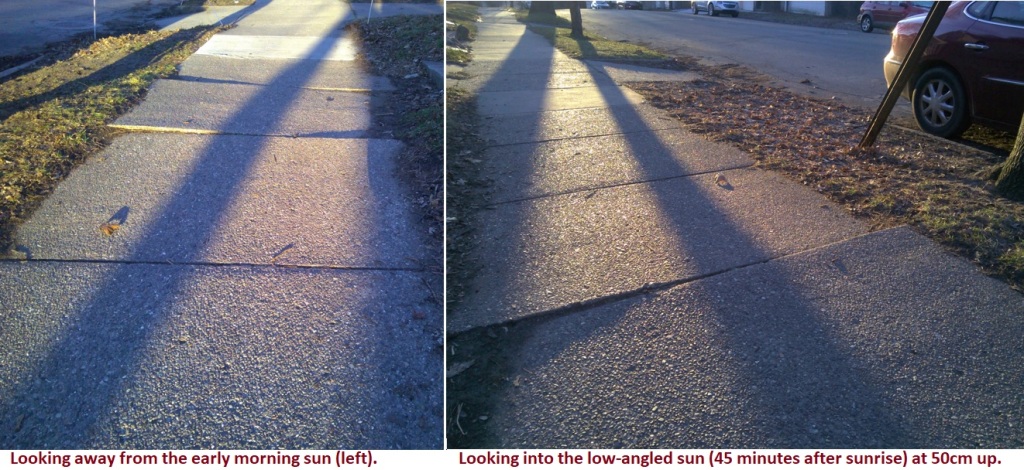
Literary critics call an unreliable narrator a figure in the book whose descriptions later turn out to have (purposefully or not) led the reader to the wrong grasp of the situation, either by giving inaccurate information directly, or by misrepresenting things with indirect suggestions about what is going on and its significance or relationship to other events in the story. Something similar could be said for parts of an image that distort in minor or major ways what the viewer understands of the situation. Jumping to another analogy –this one not about misperception or misapprehending, but instead about emotional temperature or “feeling” imparted– interior decorators know (as do cinema lighting experts) that changing the lightbulb or fitting a color gel filter (color temperature of ‘warm’ versus ‘cool’), the position of the light (and thus the corresponding shadow detail, too), and the distance from the light source can dramatically give different effects to the same location. Perhaps the reflecting surface also smuggles in a certain “feeling” or mood to the scene; that is, a perfectly flat glass surface will reflect subjects with minimal distortion. But a fun-house mirror will absurdly bend the lines that form an image. In-between these opposing extremes, there are other reflecting surfaces that introduce varying degrees of distortion. These are capable of affecting a viewer’s experience of the subjects appearing there: chrome hubcap, show window, or the moving water of the river in the image, above.
By extension from images to the thinking that goes on in one’s head, on one’s journal pages, or in conversations with others, it is natural to ask about the texture or surface affecting one’s own view of the world: is the person’s vision dim or bright, blurry or sharp, tinted or desaturated, even or distorted with some wiggles. If the reflections afforded by the flowing river, above, are any indication, then imperfect surfaces can still communicate a beautiful image. Let us hope the same is true of each person’s mind, too.


